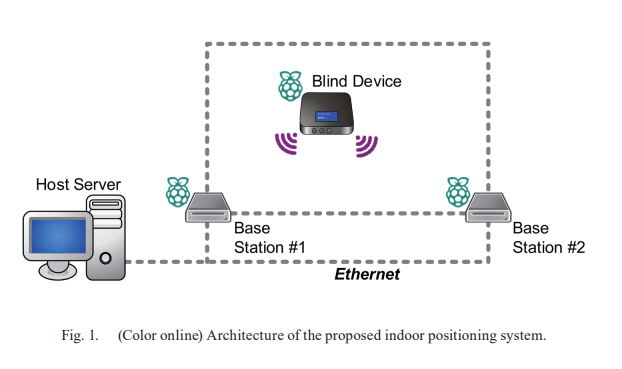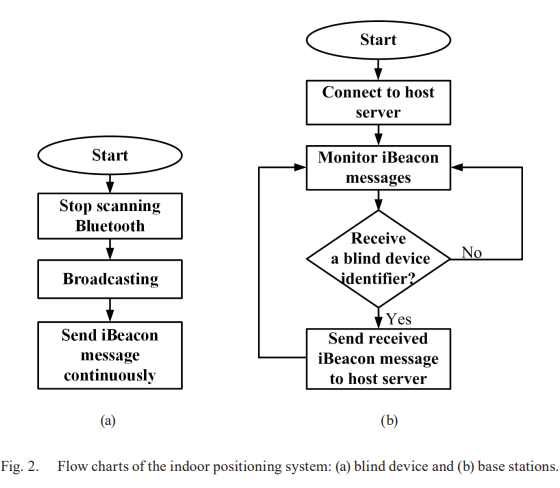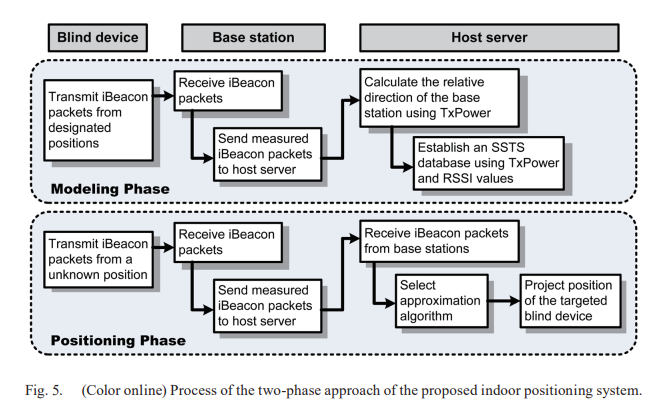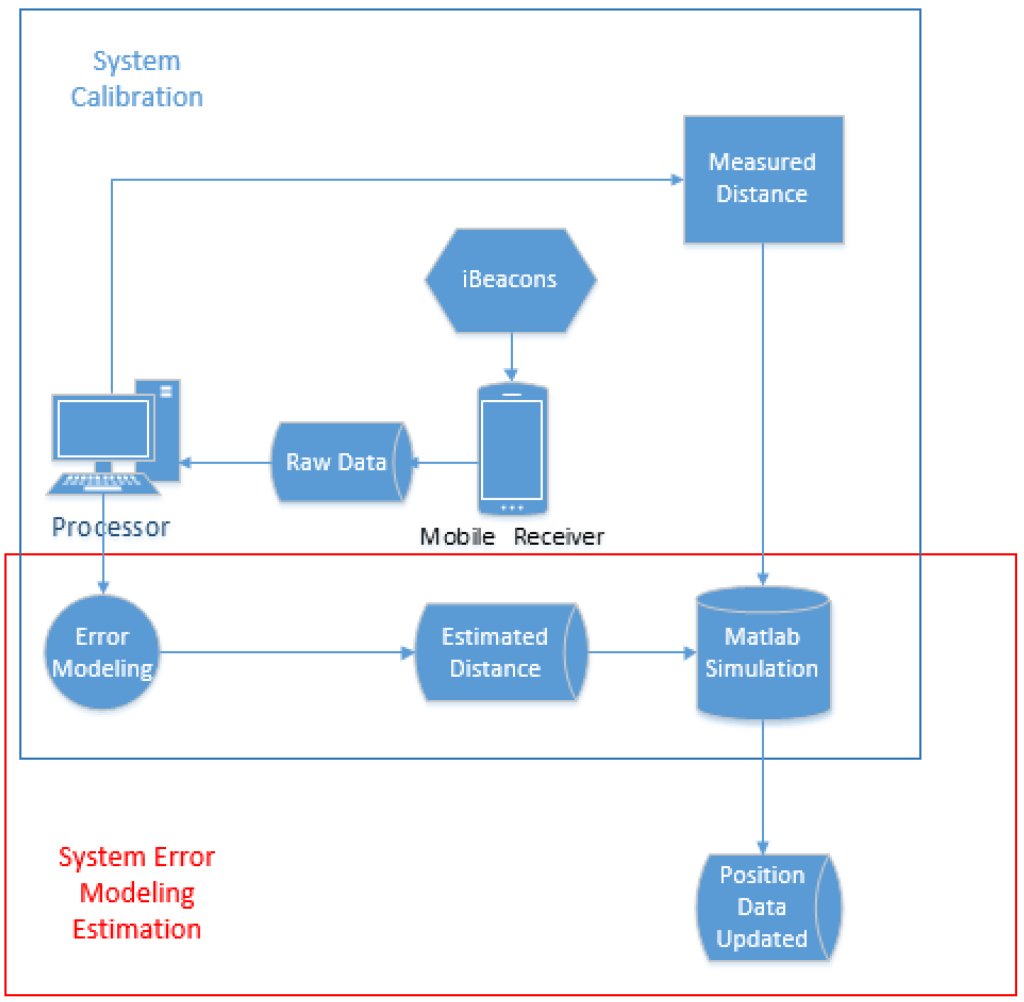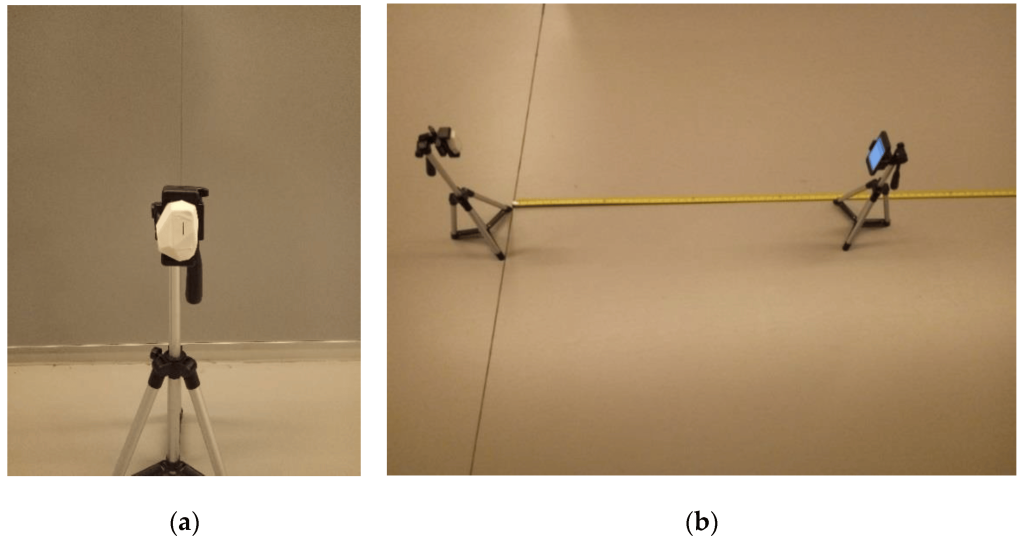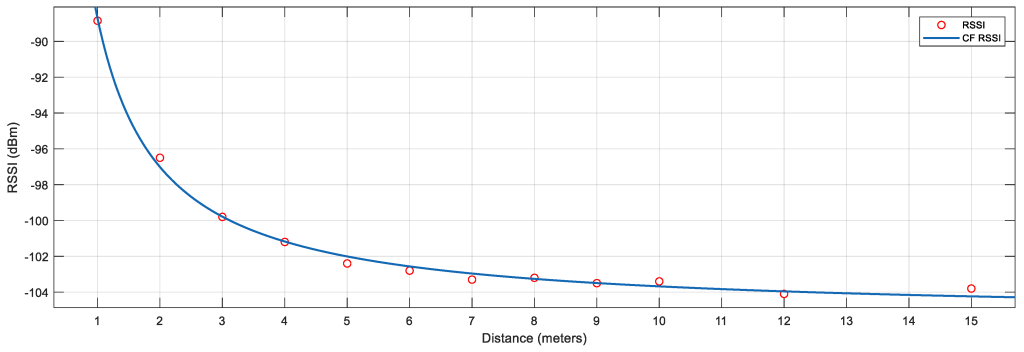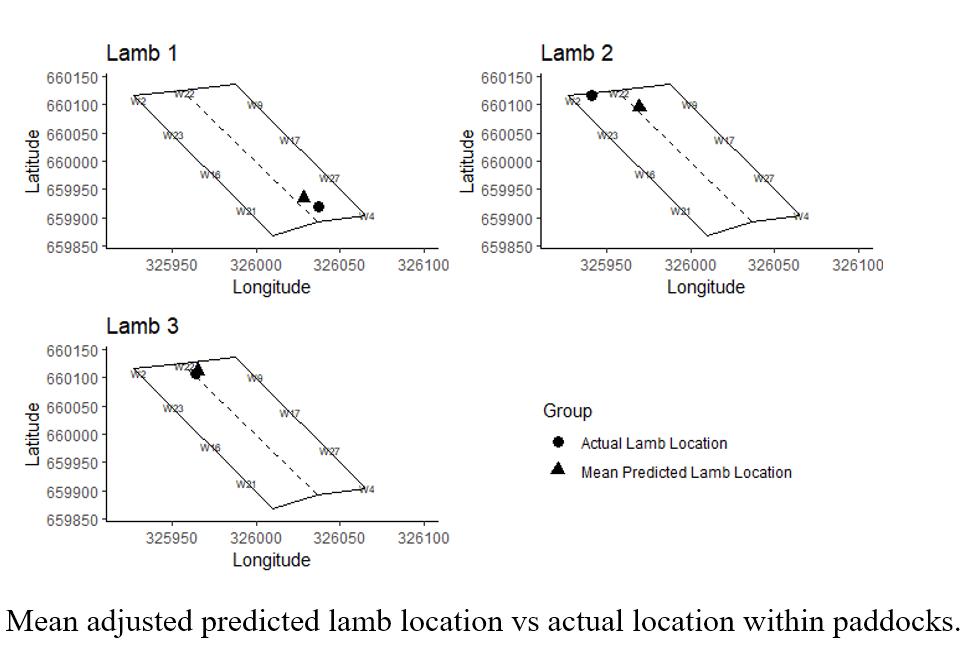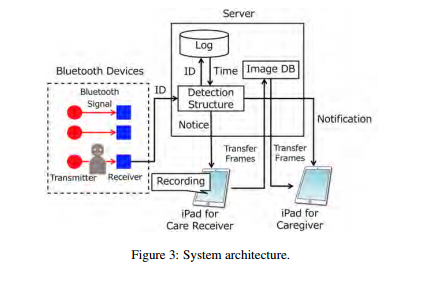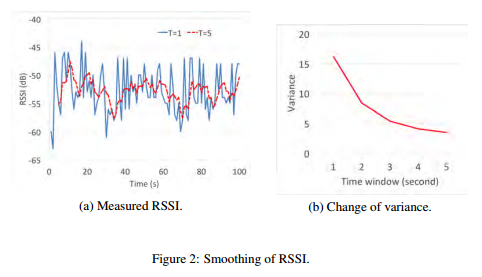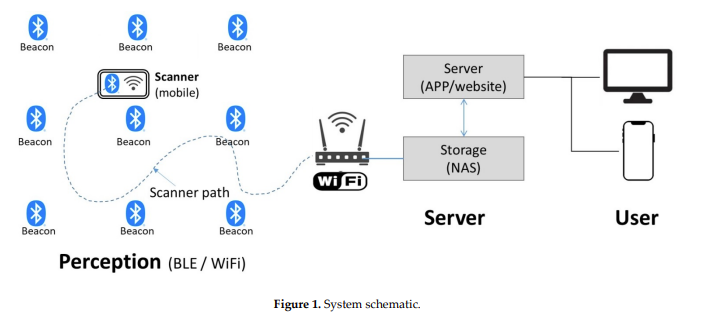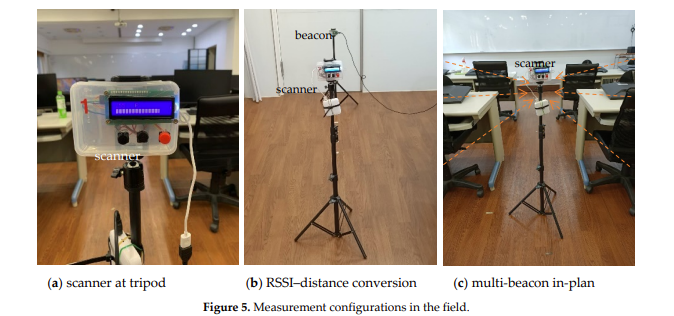We often get questions asking what kinds of things can block Bluetooth signals and enquiries about the relative blocking of different materials.
Metal obstructions or metal-based surfaces such as metal-reinforced concrete cause the most blocking followed by other dense building materials such as plaster and concrete. Next comes water that you might not think would be a problem but, as people are made up of 60% water, bodies blocking Bluetooth signals can be a significant factor. Least blocking are glass (but not bulletproof), wood and plastics.
Blocking can be caused by wireless noise as well and physical obstructions. This includes electrical noise from other electrical equipment as well as interference from devices using the same 2.4GHz frequency. WiFi on 2.4GHz causes negligible interference.
In extreme cases, a very large number of Bluetooth devices can cause interference with each other because only one can advertise at a time without there being collisions and hence lost data. The maximum number of Bluetooth devices depends on how long and how often the Bluetooth devices transmit. It also depends on whether devices are just advertising or additionally using GATT connections. Bluetooth also has adaptive frequency hopping that helps reduce packet interference.
We have a deeper analysis of interference in the post on Bluetooth LE on the Factory Floor.
